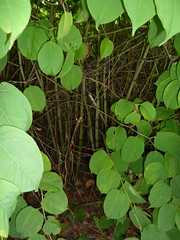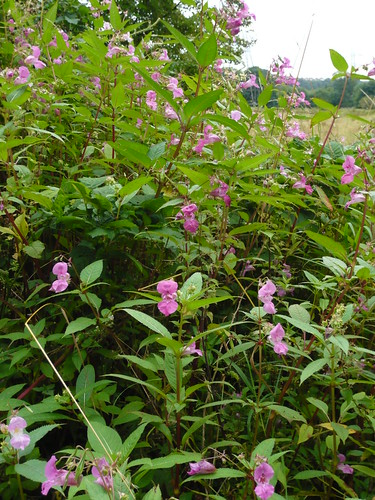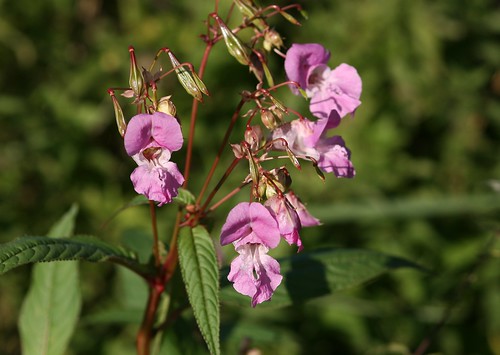Causes & Cures for Bitter Pit on Apples
Brown spots in the flesh of your apples is a sure sign of Bitter Pit. Along with dark depressions in the skin, brown sports dotted throughout the flesh is typical of bitter pit on your apple trees.
Bitter pit is a disorder not an infection or infestation.
Unfortunately the flesh of badly affected apple trees will also taste rather bitter
What Cause Bitter Pit on Apples
- The disorder is usually brought about by a calcium deficiency.
- Another potential cause is a susceptibility of the variety.
- An erratic supply of water will also encourage the disorder.
- Young trees that are putting on a lot of growth are also rather susceptible.
- Early picking can cause bitter pit to develop during storage.
- Dry conditions can reduce the calcium uptake even if it is present
- Vigorous trees with copious leaf area need more calcium. Bramley’s Seedling and Newton Wonder are large fruiting cookers that are prone to the problem.
- Trees without adequate Calcium will rob fruit of the calcium to sustain other parts of the tree.
How do you Cure Bitter Pit on Apples
- Spray the developing fruit with Chempak Calcium mulit-action
- Foliar sprays of calcium nitrate or Calcium chloride solution can be applied from mid-June to mid-September
- Make sure your trees are mulched and well watered.
- Some varieties such as Bramley Seedling and Gascoigne’s Scarlet are more prone than others. Check what grows well in your area and try plant those varieties, Gala is said to be free of the problem.
- Prevention is the best cure using good cultivation practices.
- Install irrigation to give tree roots access to moisture and natural calcium.
- Add lime or chalk to the ground then rake and water in.
- Do not store apples showing signs of bitter pit. Rather eat or cook with them asap.
Has your Granny Smith got black spots or is your Golden Delicious not totally golden then you may have bitter pit. This is not a fungal or insect borne disease but a chemical imbalance. Bitter Pit is a problem with the fruit on Apple trees caused by a shortage of Calcium. The fruit have dark, sunken spots on the surface, browning flesh and a slightly bitter taste. The problem can continue or start developing after harvest so inspect stored apples. Cork spot and Jonathan spot are similar to Bitter pit in that damage to tissue occurs mostly on the surface and just below. Although apples affected with these disorders are still edible they are unattractive in appearance.
Read about other Apple problems and control
Credits
DSC_0125.jpg Gascoigne’s Scarlet. by northdevonfarmer CC BY-NC-ND 2.0 ‘Gascoign’s Scarlet. These apples always seem to be affected by bitter pit here.’
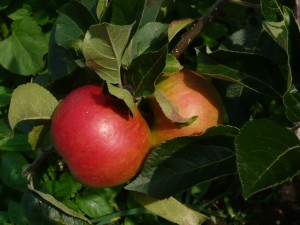





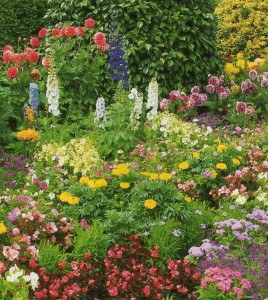
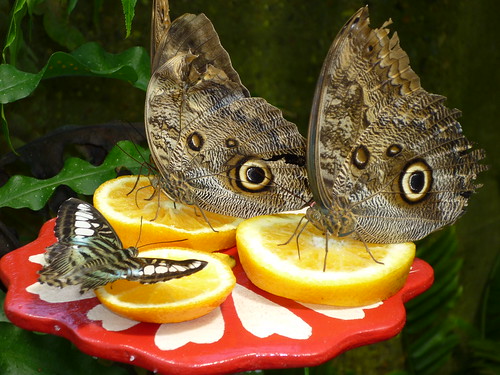
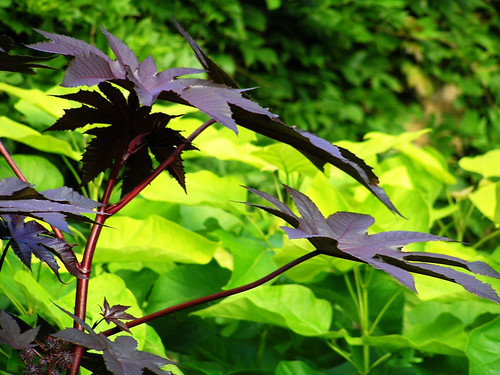



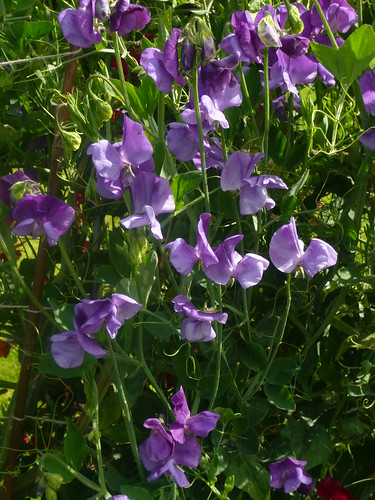
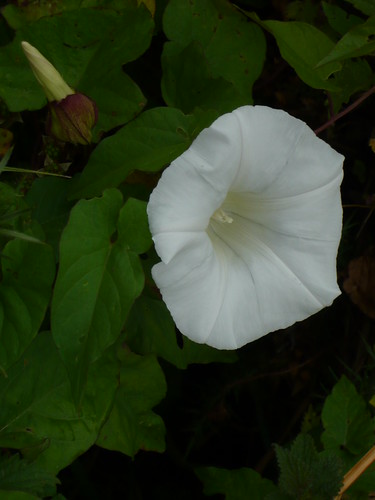
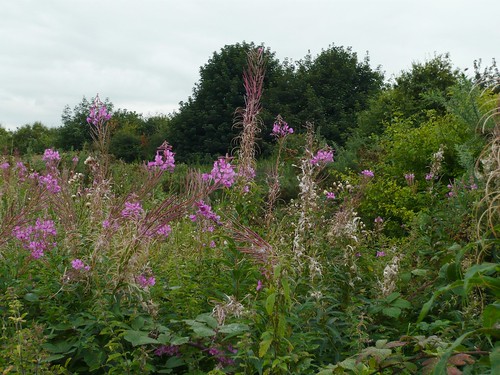 Rosebay-Willow Herb in flower and seed.
Rosebay-Willow Herb in flower and seed.